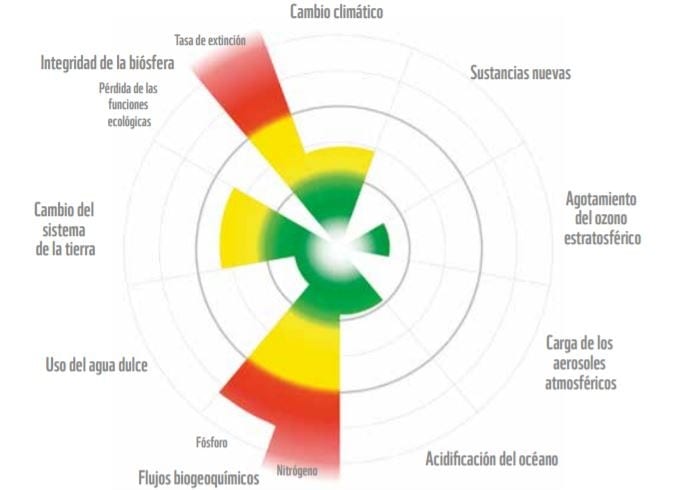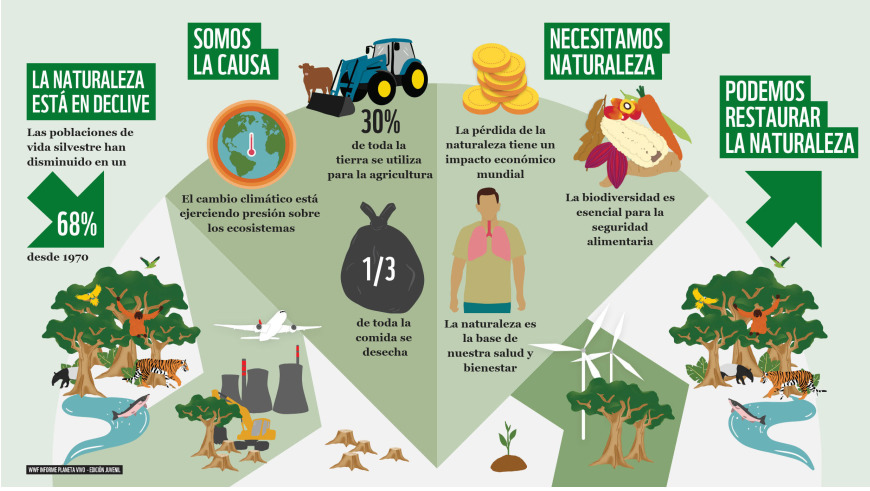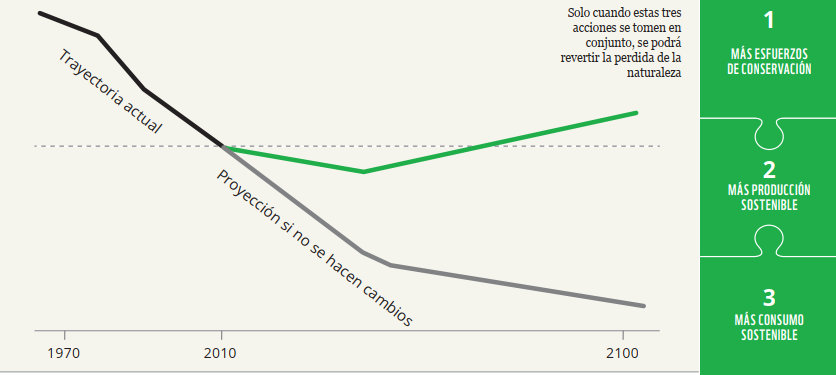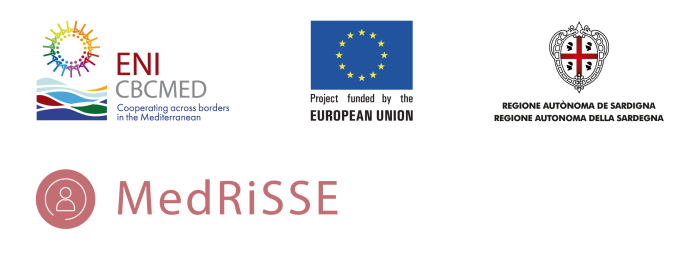Planetary Limits 03
Every day it is more common to hear that we live on a finite planet, but do we know what this means? What are these limits that the planet marks us? The planetary boundaries framework defines a safe operating space for humanity based on the intrinsic biophysical processes that regulate the stability of the Earth system. The Boundary Framework defines nine global priorities related to human-induced changes to the environment:

Planetary limits (Living Planet Source 2016, WWF)
In order for human civilization to remain prosperous in the future and allow future generations to develop in good conditions, it is essential to transform human activities so that they adapt to the natural limits that characterize our planet. For this, all the activities that we carry out (from education, production processes, the use and disposal of products and flows of energy and resources, free time, the way we move around the territories, etc.) must take into account account these planetary limits and corrected when the impact they generate exceeds the safe levels for our survival. In recent years, the theory of the “Donut Economy” has emerged, proposing that our economic model must be integrated between two bands: a superior one delimited by planetary limits, and a lower one that represents a minimum for people to cover their basic needs. and decent living conditions are guaranteed.
https://embed.ted.com/talks/kate_raworth_a_healthy_economy_should_be_designed_to_thrive_not_grow
TED Talk Donut economics (Source: Ted talk)
The Ecological Footprint is the only metric that measures how much nature we have and how much nature we use. Ecological Footprint accounting measures the demand and supply of nature. On the demand side, the Ecological Footprint measures the ecological assets that a given population requires to produce the natural resources it consumes (including food and fiber products of plant origin, livestock and fisheries, timber and other forest products). , the space for urban infrastructure) and absorb their waste, especially carbon emissions.
The Ecological Footprint tracks the use of six categories of productive land: cropland, grazing land, fishing grounds, built-up land, forest area, and land carbon demand. On the supply side, the biocapacity of a city, state, or nation represents the productivity of its ecological assets (including cropland, grazing land, forest land, fishing grounds, and built-up land). These areas, especially if they are not harvested, can also absorb much of the waste we generate, especially our carbon emissions.

Main conclusions of the study Living Planet Report 2020 (Source: WWF)
Both the Ecological Footprint and biocapacity are expressed in global hectares, standardized and globally comparable hectares with world average productivity. The Ecological Footprint of each city, state or nation can be compared to its biocapacity. If the Ecological Footprint of a population exceeds the biocapacity of the region, that region runs an ecological deficit. Their demand for the goods and services that their land and seas can provide—fruits and vegetables, meat, fish, timber, cotton for clothing, and carbon dioxide absorption—exceed what the region’s ecosystems can renew. A region in ecological deficit meets demand by importing, liquidating its own ecological assets (such as overfishing), and/or emitting carbon dioxide into the atmosphere. If a region’s biocapacity exceeds its Ecological Footprint, it has an ecological reserve. In 2020, Earth Overshoot Day took place on August 22, but each country has a different responsibility and impact. We maintain this deficit by depleting stocks of ecological resources and accumulating waste, mainly carbon dioxide, in the atmosphere.

Reversing the curve of biodiversity loss (Source: WWF)
